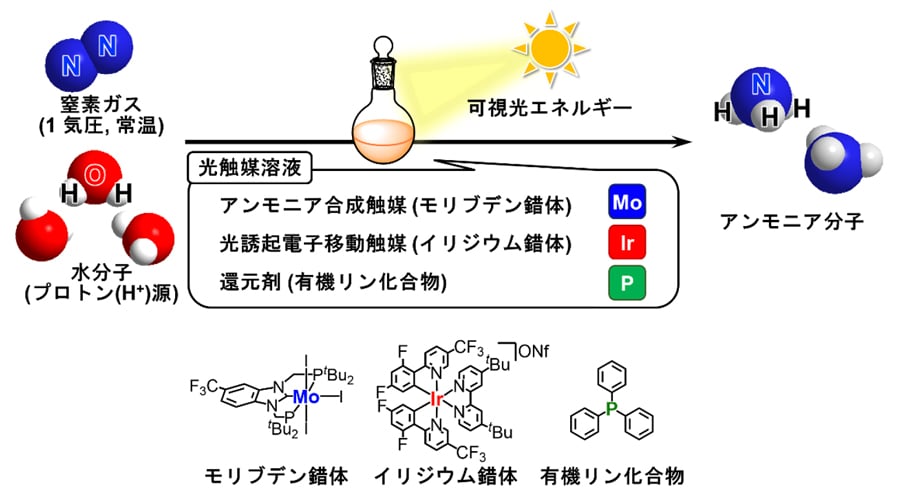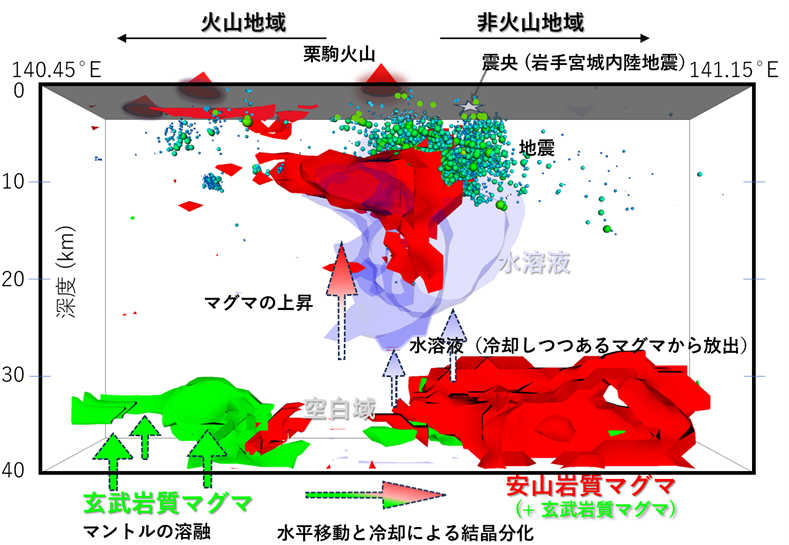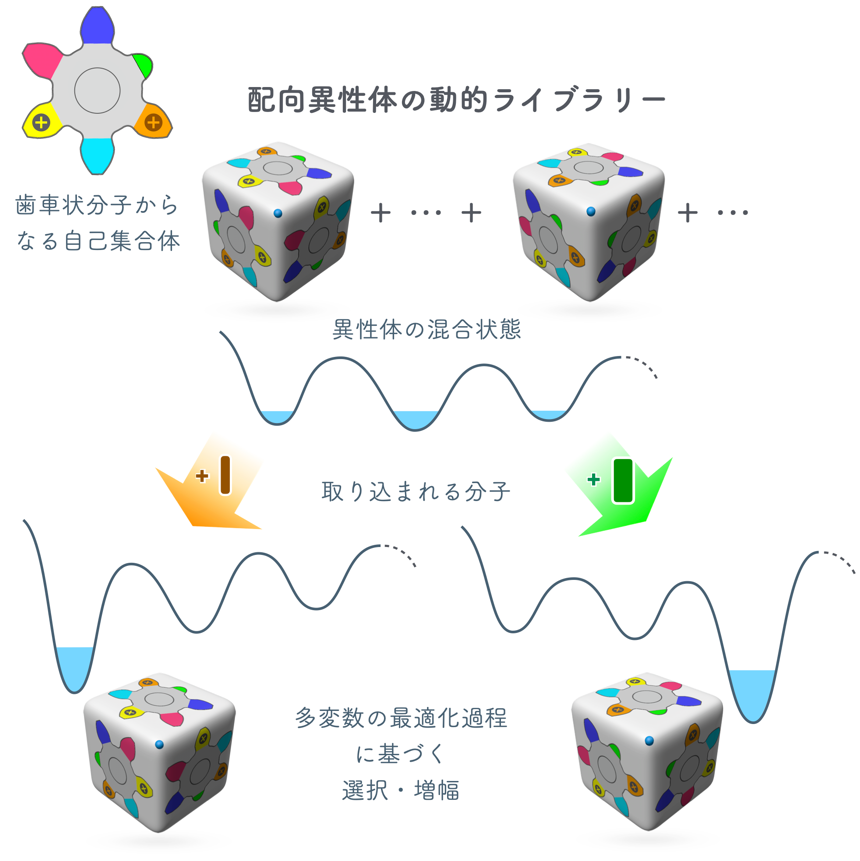2025-05-23 東京大学
 窒素ガス(N2)と水(H2O)からの触媒的アンモニア(NH3)合成を可視光エネルギーにより駆動することに成功!
窒素ガス(N2)と水(H2O)からの触媒的アンモニア(NH3)合成を可視光エネルギーにより駆動することに成功!
<関連情報>
- https://www.t.u-tokyo.ac.jp/press/pr2025-05-23-001
- https://www.t.u-tokyo.ac.jp/hubfs/press-release/2025/0523/001/text.pdf
- https://www.nature.com/articles/s41467-025-59727-w
窒素、水、可視光エネルギーからの触媒的アンモニア生成 Catalytic ammonia formation from dinitrogen, water, and visible light energy
Yasuomi Yamazaki,Yoshiki Endo & Yoshiaki Nishibayashi
Nature Communications Published:22 May 2025
DOI:https://doi.org/10.1038/s41467-025-59727-w
Abstract
The development of the production method for green ammonia, which is produced only from ubiquitous and clean small molecules (i.e., dinitrogen and water) using renewable energy, has been desired for a next-generation carbon-free energy carrier to build a carbon-neutral society and solve global warming. We have herein achieved visible-light-driven catalytic ammonia formation from dinitrogen and water under ambient conditions using tertiary phosphines, which are widely-used organic compounds, as an electron donor in the presence of molybdenum complexes as molecular catalysts for ammonia formation from dinitrogen and iridium complexes as photosensitizers. In this reaction system, visible light energy enables iridium photosensitizers to trigger electron relay from tertiary phosphines (R3P) as weak reductants to molybdenum catalysts, and the produced radical cation (R3P•+) activates water molecules to donate protons for ammonia formation to molybdenum catalysts via the production of a phosphine-water adducted radical cation (R3P•+-OH2).



